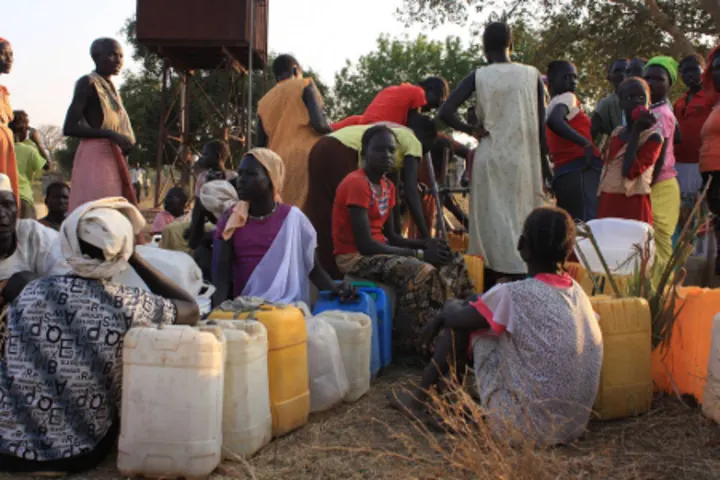
New Zealand will shorten the gap between second COVID-19 vaccine doses and boosters and push back the phased reopening of its borders in measures announced Tuesday to keep the omicron variant at bay.
COVID-19 Response Minister Chris Hipkin told reporters the government has agreed to a “suite of precautionary measures” in light of the threat posed by the omicron strain of the coronavirus.
The gap between a second vaccine dose and a booster will be shortened from six to four months, meaning 82 percent of vaccinated New Zealanders will be due for a booster by February.

New Zealand’s strict border regulations so far have been successful in keeping omicron from spreading in the community. The only cases reported so far have been in travelers who are in managed isolation and quarantine.
“Public health advice suggests that soon every case coming into our border, into our managed isolation facilities, will be the omicron variant,” Hipkins said. “We already know that booster vaccinations significantly lift an individual’s immunity, reducing the spread and the severity of COVID-19.”
Plans to allow travelers from Australia to self-isolate from Jan. 17, rather than go through managed isolation, have been pushed back to the end of February.
Hipkins said with Australia’s New South Wales state “now expecting to record 25,000 cases a day by the end of January, opening the border in mid-January as planned simply presents too high a risk at this point.”













